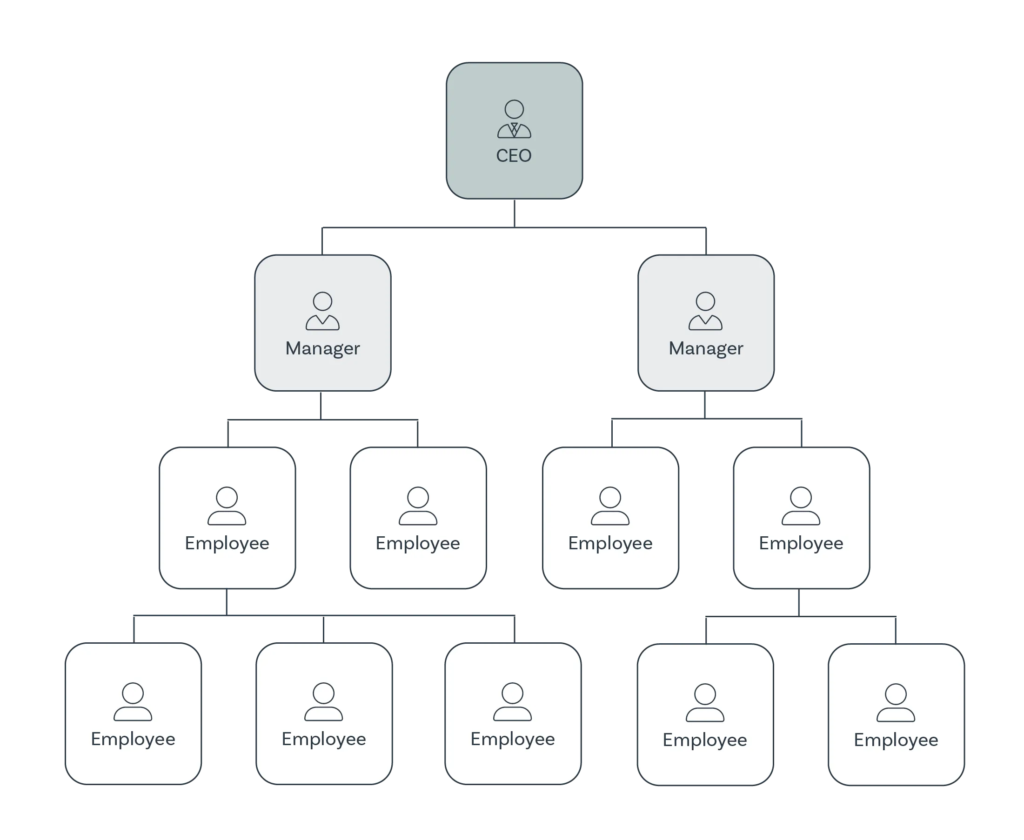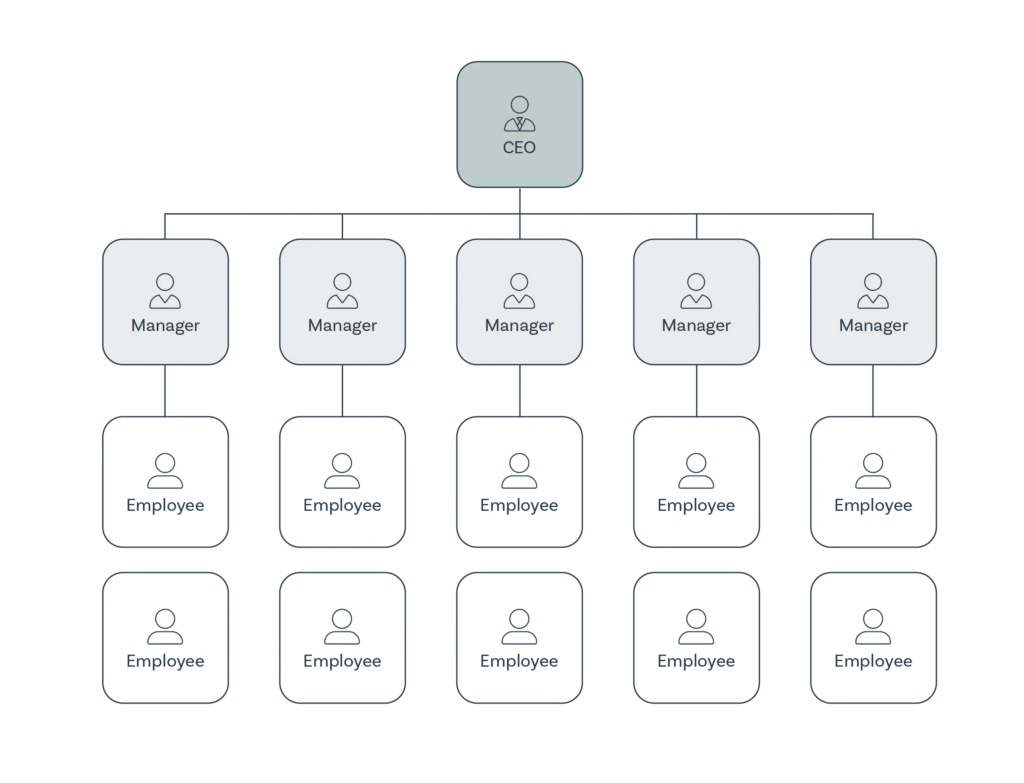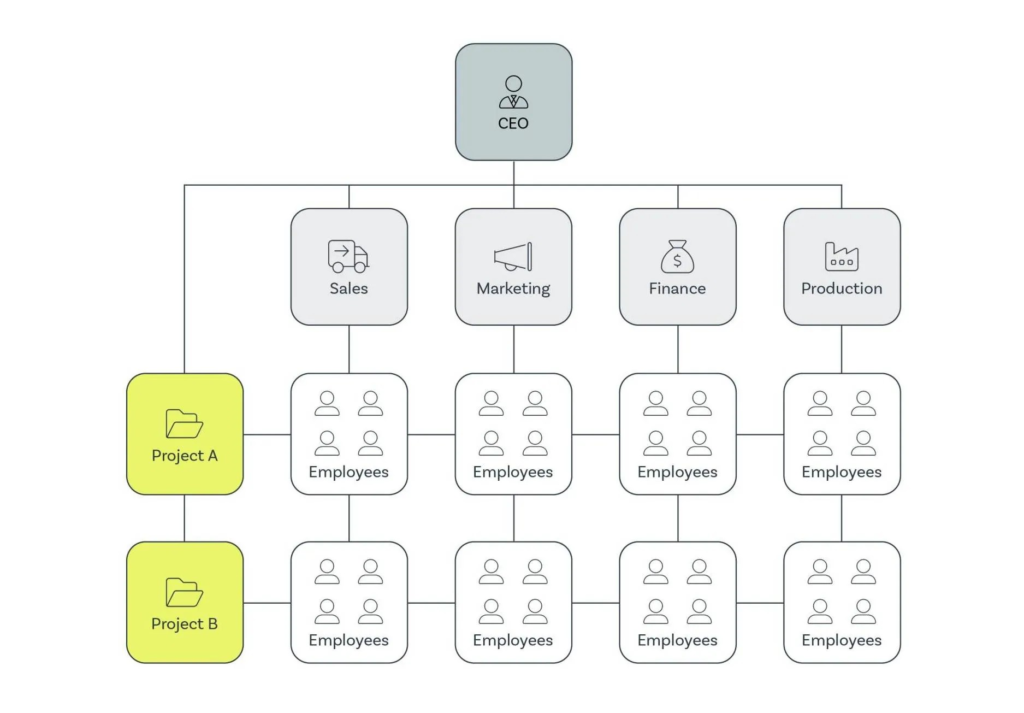Using Word, Excel, or PowerPoint? Better not!
Before the implementation comes the strategy! This means you first need to consider the purpose of your company’s organizational chart. In the past, organization charts were primarily intended to show hierarchies, but today they should serve much more for visual HR control. Of course, simple variants of organizational charts can be created with Word or Excel.
However, these quickly become outdated because they are not linked to data sources. The trick is to automatically incorporate updates in the master data into the organizational chart. Anything else will increase manual effort. This may still be feasible in smaller organizations, but it becomes an avoidable Herculean task in larger companies.
With the help of special software solutions, organizational charts can be created and maintained much more easily and quickly. The advantages of organizational chart software such as Ingentis org.manager are apparent:
You can save time
Updates in the master data are automatically added to the organization chart. The manual effort is nearly zero.
The org chart is always up to date
Outdated organization charts are a thing of the past. Automatic updates result directly from changes in master data. The organization chart is directly linked to data sources such as HR systems.
The data quality is significantly higher
Manual modifications are often not only time-consuming, but also error-prone. The use of professional software significantly increases the overall data quality.
You can share content
The organization chart can be easily shared with other employees. Thus, export as PDF and exchange via Inter- and Intranet with authorized colleagues is possible.
You will be informed in good time
Automated email reports point out grievances or need for action.
Data protection is a top priority
Sophisticated rights concepts and access protection allow administrators to determine which employees need which information and access for their work.
Analyze the current state
Well-maintained and equipped with various visualization options such as dashboards, charts, and Big Data graphics, the organization chart is a valuable basis for HR controlling and people analytics.
Design target states
Simulations and re-organizations are no longer a problem with innovative software solutions













